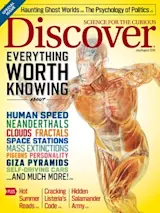Bobby was an 8-year-old who lived with his family in a small town. His mother, Mary, took him to their family doctor to examine a limp the boy had developed. The doctor suspected a broken bone and referred him to a local emergency room.
X-rays showed he had a fractured left shin, which doctors placed in a cast. Bobby was then admitted to our ward at a children’s hospital because of concerns about possible child abuse. His mother said he was running and fell on the carpeted living room floor. But most boys don’t break their leg from that.
Mary seemed concerned about Bobby, but also a bit scattered. “It’s happened before, but not this bad,” she said.
“When you say it’s happened before, what do you mean?” I asked. She responded vaguely, saying he had broken at least one bone before this that had required a cast.
In his ...















